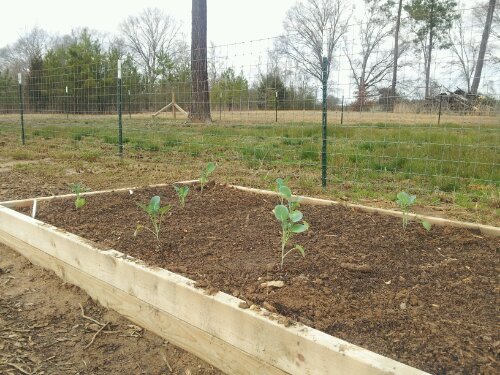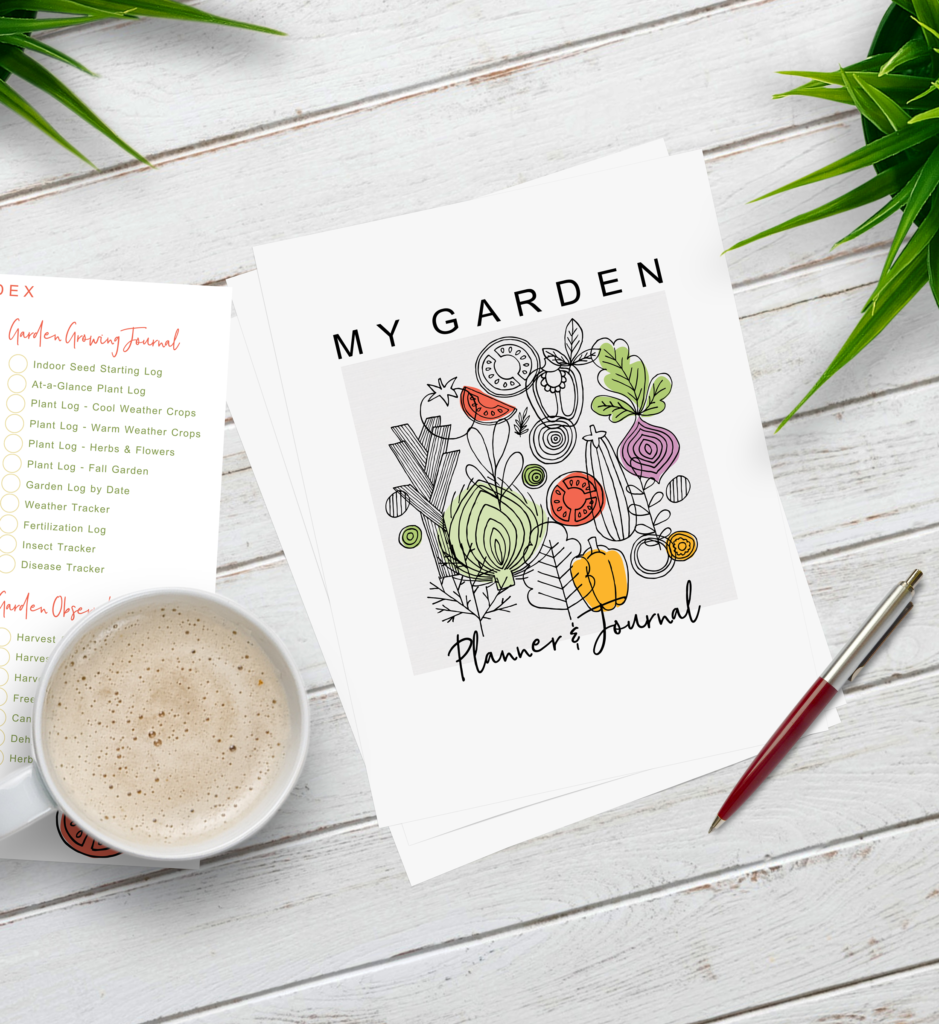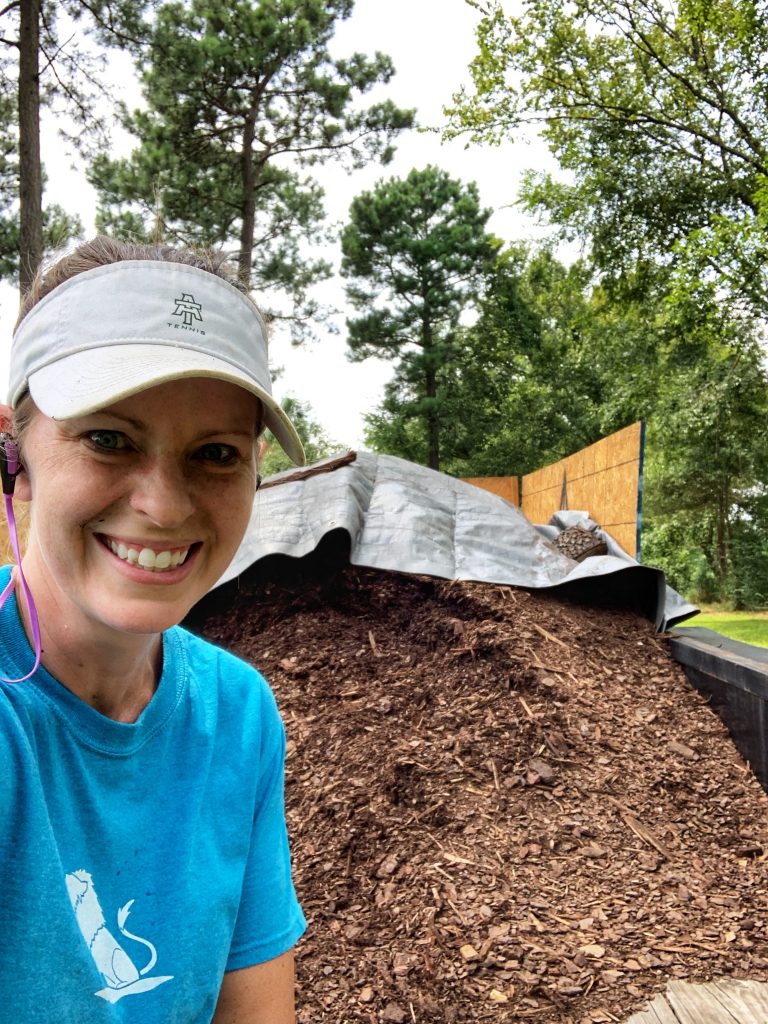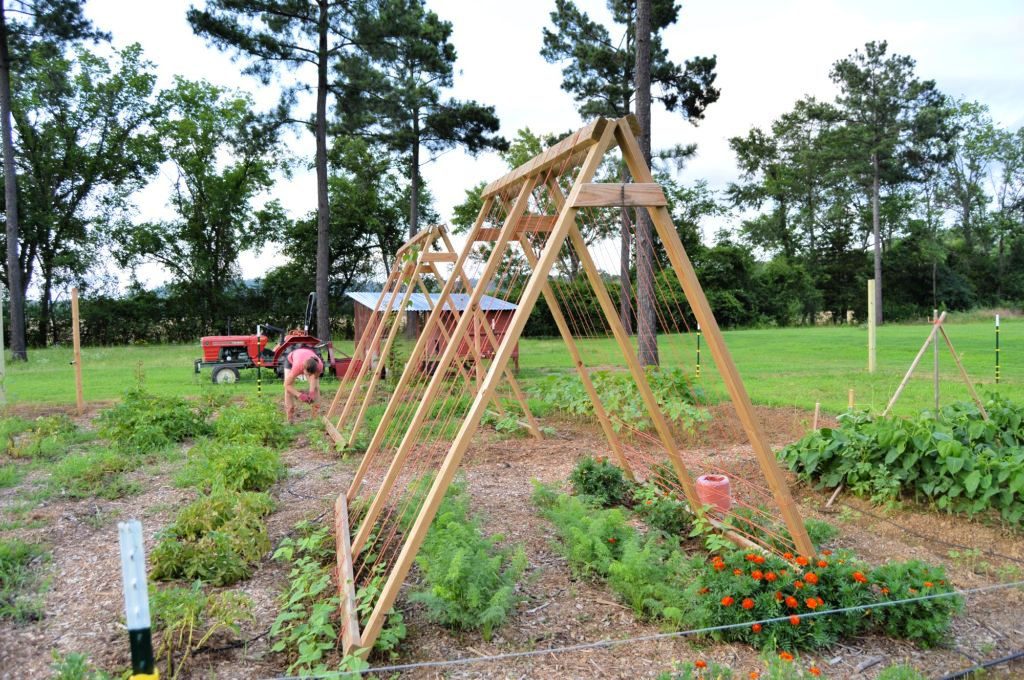Early Spring Garden Checklist
Do you have an early spring garden checklist? As I’ve learned to extend my growing season and plan my garden in more efficient way, I’ve begun getting ready well before my average last frost date. Today I’m sharing all about what I do in my garden approximately one month before my average last frost date.
(Don’t know your average last frost date? Plug in your zip code to this site and it will give you your area’s averages. And here is why you need to plan your plantings based on this and not based on your garden zone.)
Planting Tasks
Cool-weather crops are perfect to plant before your average last frost date because they can tolerate a frost and many can tolerate a freeze. These can usually be planted 4-6 weeks before you average last frost date.
I plant onions, potatoes, peas, carrots, beets, spinach, arugula, and other greens at this time because they are able to withstand frost and need to be grown in cooler weather. Cabbage and broccoli transplants are also planted four weeks before your average last frost date.

This is also a great time to start peppers and tomatoes indoors, about 6 weeks before your average last frost. I’ve also been starting squash, zucchini, and cucumbers in soil blocks indoors about 3 weeks before I want them in the ground. They don’t always transplant well and you need to wait a bit longer than tomatoes to get them started.
Next, early spring is a great time to plant bushes and trees, especially before they bloom. Blueberry bushes or fruit trees are wonderful additions to the garden and the flowers will help attract beneficial insects you want hanging around.
And don’t forget — as you plant these crops or start seeds indoors, make sure you write it down! You will learn important lessons every year as you take notes about your garden!

Gathering Tasks
If you have any new raised beds, or if any of your raised beds or containers need new soil, you want to start gathering those materials now. You also want to start thinking about mulch now before the weeds take over your garden. Obtain those supplies now so you have them on hand when you need them.

If you haven’t yet, start gathering seeds of your warm-weather crops that will be directly sown into the garden. This includes beans, corn, black-eyed peas, cucumber, squash, watermelons, melons, okra, and anything else that you can’t plant outdoors until after your danger of frost is passed. When it’s time to plant, you don’t need to be searching for seeds!
Also, start to gather any new garden tools you know that you’ll need. Last year, I knew I needed a new hoe and found one at our local garden show. Think about pruners, weeding tools, gloves, or anything else you will need in the coming months. Here are my favorite tools for the garden.
Projects
One of the first things I do this time of year is to make sure my garlic and onion beds are weeded and covered with mulch. These crops have a hard time competing with weeds so I need to make sure they can grow properly.
Next, now is a great time to add compost or organic fertilizers to your perennial crops. For example, I fertilize my blueberry bushes with a little nitrogen like cottonseed meal or soybean meal. You can also use composted manure for bushes and trees. Also, remember to check on the mulch around these crops and add more as needed.
If you plan to build any DIY garden projects — like trellises or raised beds — this is the time.

Finally, don’t forget to amend your soil with compost. Your ground beds, your raised beds, and your containers are ready for extra nutrition to get your plants through the season. If you put it on now, there is plenty of time for it to break down more so that all of its nutrients are ready for your crops.
Well, that is quite a list! But these are the things that I am doing now, about a month before my average last frost date, to get ready for the busy gardening season.
I discuss all of these in greater detail — along with a few other tasks not mentioned here — in this episode of the Beginner’s Garden Podcast. Click below to listen:
If I left something out of this spring garden checklist, I’d love to hear what else you are doing in your garden!
Do you get overwhelmed with garden planning?

Subscribe here for my best tips to plan your garden in just 7 days -- all for FREE.
Plus, I'll send you my "In the Garden E-mail" on Fridays, periodic updates on garden resources relevant to you, and you'll receive access to my entire bank of free garden downloads!
You are also agreeing to our privacy policy.


Great article! Do you have to start plants indoors? I’m in central Georgia and was just going to wait to start planting everything outdoors until our average last frost date has passed (27 Mar).
Your growing season is about the same as mine, and the only plants I always start indoors are tomatoes and peppers. (I start others but it’s not always necessary.) You *might* be able to direct sow tomatoes, but the problem is the heat. Once your temperature gets over 85-90 degrees they will stop fruiting until the temps moderate, which may be mid-September or later if you’re like me. Starting indoors early (or purchasing transplants) will ensure you get a harvest before that happens. I would say peppers are best to either start indoors or buy as transplants. They grow so slowly at the beginning.
Well crud. Just listened to your podcast on this and realized I made the rookie mistake of starting my cukes inside…and too soon. Should I just go with it and hope for the best? Or should I plan to plant from seed after my last average frost date? I know the general rule is plant them before they have 4 adult leaves. Mine already have 2 and my last frost range is May 1-10.
Hi Jackie, you’re in good company! While I don’t start cucumbers indoors anymore after too many failed transplanting attempts, that doesn’t mean it won’t work for you. I would keep babying those transplants and try to get them to to the garden, but if they don’t make it, planting from seed when the soil warms up will be just as good. Either way, it’ll be fine! With warm soil (70+), cucumber seeds germinate and grow rapidly!